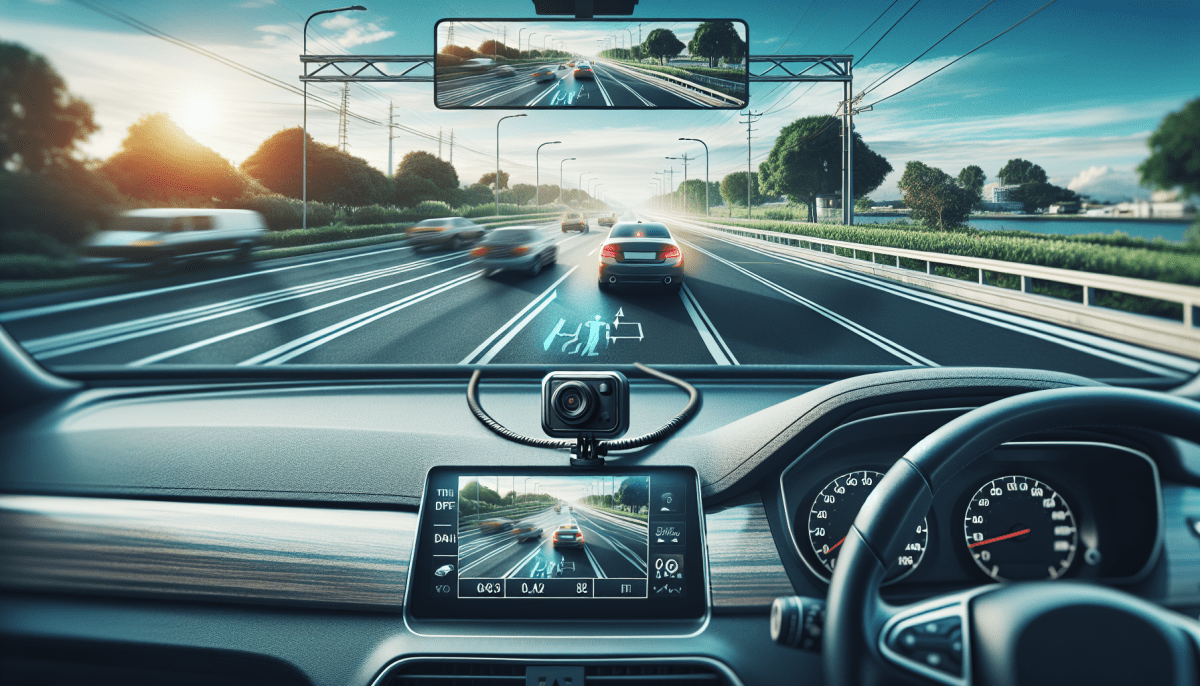So, why do you really need a dash camera? Let’s face it, we live in a world where unexpected things happen on the road all the time. Having a dash cam means you get to capture all those moments—good and bad. Whether it’s an amazing sunrise or a wild encounter with another driver, a dash cam helps you save the memories and provide evidence when necessary.
One of the best reasons to get a dash camera is safety. If you’re in an accident, your dash cam can come to the rescue. It provides video evidence that can clearly show who was at fault. This could save you from a headache when dealing with insurance companies. Plus, you can use footage as proof if someone tries to make a false claim against you.
But it’s not just about accidents; dash cams can also capture those funny or jaw-dropping moments. Think of all the strange things you see on the road—wild animals, crazy driver antics, and yes, even road rage. With a dash camera, you can relive those surprising moments and share them with friends for a good laugh.
Don't forget the peace of mind this little gadget brings. Just knowing that everything is being recorded makes driving feel a lot safer. If you ever feel a bit uneasy on the road, having that extra set of eyes can help you relax a bit. That’s worth it, right?
Features to Look for in Dash Cameras
When you're on the road, a dash camera can be your best buddy. But not all dash cameras are created equal. Here are some features that can really make a difference.
Video Quality: Look for a camera that records in at least 1080p. You want clear images, especially if something unexpected happens. Some cameras even offer 4K resolution, which gives you super sharp video. That way, you can easily capture important details like license plates or road signs.
Night Vision: Accidents can happen anytime, so having night vision is a game changer. Cameras with good low-light performance can help you see clearly even in dark conditions. It’s a must if you often drive at night.
Wide Angle Lens: A wide-angle lens lets you capture a larger view of the road. This means you'll have a better chance of recording what really happened during your drive. Look for a dash cam with at least a 140-degree field of view.
GPS and G-Sensor: GPS tracking can provide useful data, like your speed and location during an incident. A G-sensor can detect sudden movements or impacts, automatically saving footage when something unusual occurs. These features can be handy for insurance claims and keeping track of your driving habits.
Top Dash Cameras for Every Budget
Dash cameras are a game-changer for drivers. They capture everything happening on the road, giving you peace of mind and protection in case of accidents. Whether you want something basic or a feature-packed model, there’s a dash cam for every budget. Let's dive into some great options!
Under $100: If you're looking for a budget-friendly choice, check out the Apeman A80. It’s compact and easy to install. With full HD recording and a 170-degree wide angle, it makes sure you don’t miss anything on the road. Plus, it's user-friendly, so you won't be digging through manuals for hours!
$100 - $250: For a solid mid-range option, the Vantrue N1 Pro won’t let you down. It delivers excellent video quality, even at night, thanks to its Sony sensor. It has loop recording and parking mode, which means it keeps protecting your car even when you’re not around. This one’s perfect for daily commutes or road trips.
Above $250: Want all the bells and whistles? The Thinkware Q800PRO is worth the splurge. It captures stunning 2K video quality and comes with features like GPS and advanced driver assistance systems. This dash cam is fantastic if you want extra safety features and high-quality recording. Ideal for those who spend a lot of time on the road!
How to Install Your Dash Camera
Installing your dash camera is a breeze, and you don’t need to be a tech whiz to get it done. Let’s simplify the process so you can hit the road with your new gadget in no time.
First off, find a good spot on your windshield. Ideally, you want it behind your rearview mirror so it doesn’t obstruct your view. Clean the area with some glass cleaner so the adhesive sticks well. Most dash cams come with a sticky mount or suction cup. Just peel off the backing and press it firmly against the glass.
Next, connect the power cable. Usually, it plugs into your car’s 12V socket. Route the cable along the edges of your windshield and tuck it into the headliner to keep things neat. You can even run it down to the center console if you want it totally hidden. Just make sure it doesn’t get in the way of your visors.
Once everything’s powered up, it’s time to adjust the camera angle. Sit in your driver’s seat and check the view on the screen. You want to capture as much of the road as possible. A small tweak can make a big difference, so take your time here. Don’t forget to save your settings once you’re happy with the angle!
And that’s it! If your dash camera has an app, download it to access features and set up Wi-Fi if needed. Make sure to test it out on a short drive to ensure everything is working perfectly. Now you’re ready to capture all those unforgettable moments on the road!

